
29 Aug, 2022
Now in Thailand: Asia’s first Alliance of Civilisations visitor experience
Bangkok – More by chance than design, Thailand has created Asia’s first Alliance of Civilisations visitor experience. Initiated by the Thai Foreign Ministry, primarily to serve a diplomatic purpose, the “Community of Three Religions” offers a perfect base for designing a global community-based Travel & Tourism model in the post-Covid era. As the widely-forecast Clash of Civilisations gains traction, strengthening interfaith peace and harmony within local communities has to be the way forward to ward off political predators and extremists of all ilks, redefine “sustainability” and help Travel & Tourism honour its original mandate as an “Industry of Peace.”
Located just a few 100 metres apart on the eastern bank of the Chao Phraya, Thailand’s majestic River of Kings, the “Community of Three Religions” comprises of the Buddhist Wat (Temple) Prayurawongsawas, (pronounced: Prayoon-wong-sawat) Bang Luang Mosque and Santa Cruz Church.
Each is unique in design, architecture and heritage. The temple was conferred a 2013 UNESCO award of Excellence for Cultural Heritage Conservation. The mosque is perhaps the only one with a merged Buddhist and Islamic exterior and interior design. The church, more than 250 years old, is built on land graciously donated by King Taksin the Great (December 1767 – April 1782), as per the fundamental tenet of the Thai Royal Family to reign over all the Thai people of all faiths.
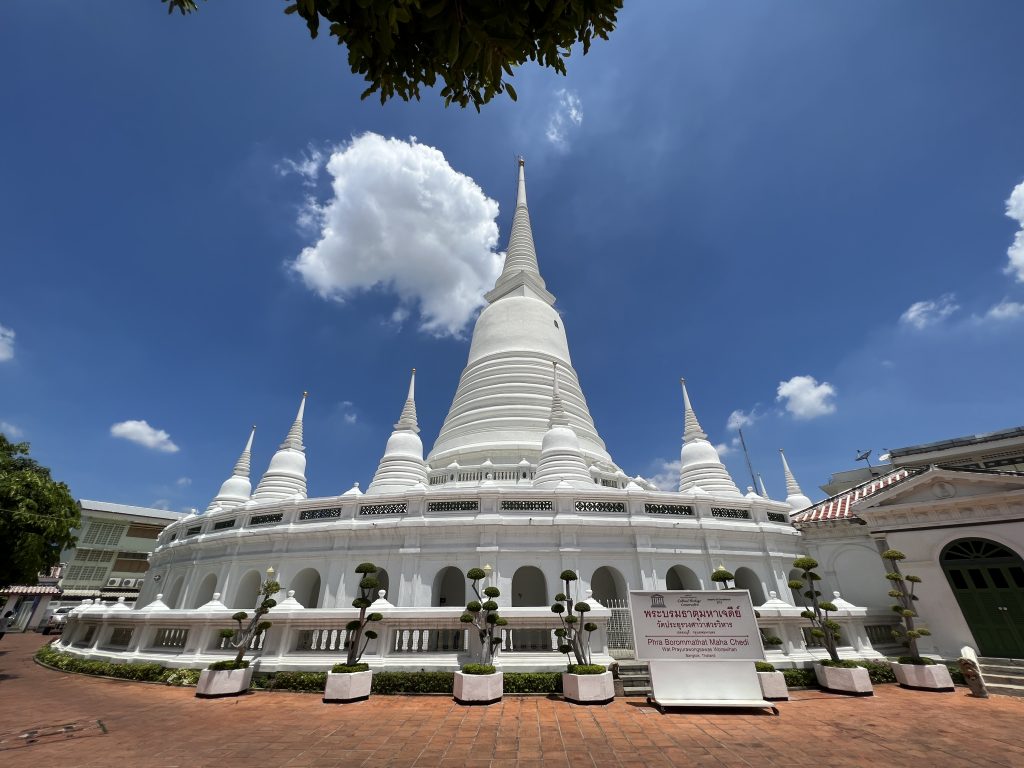
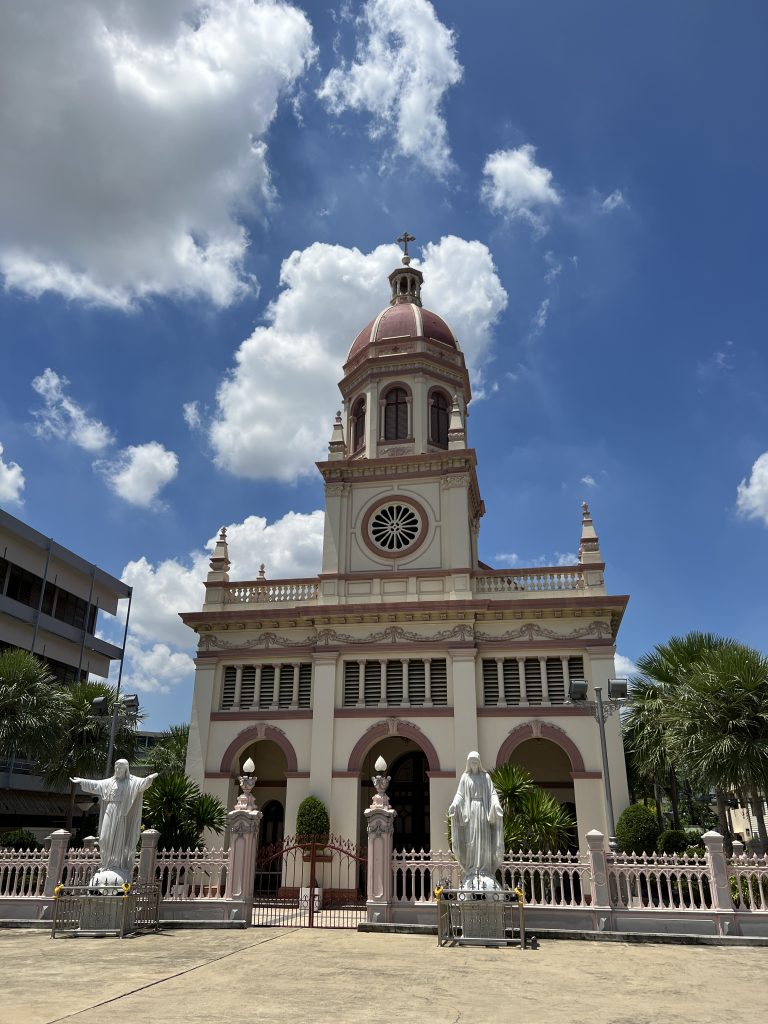
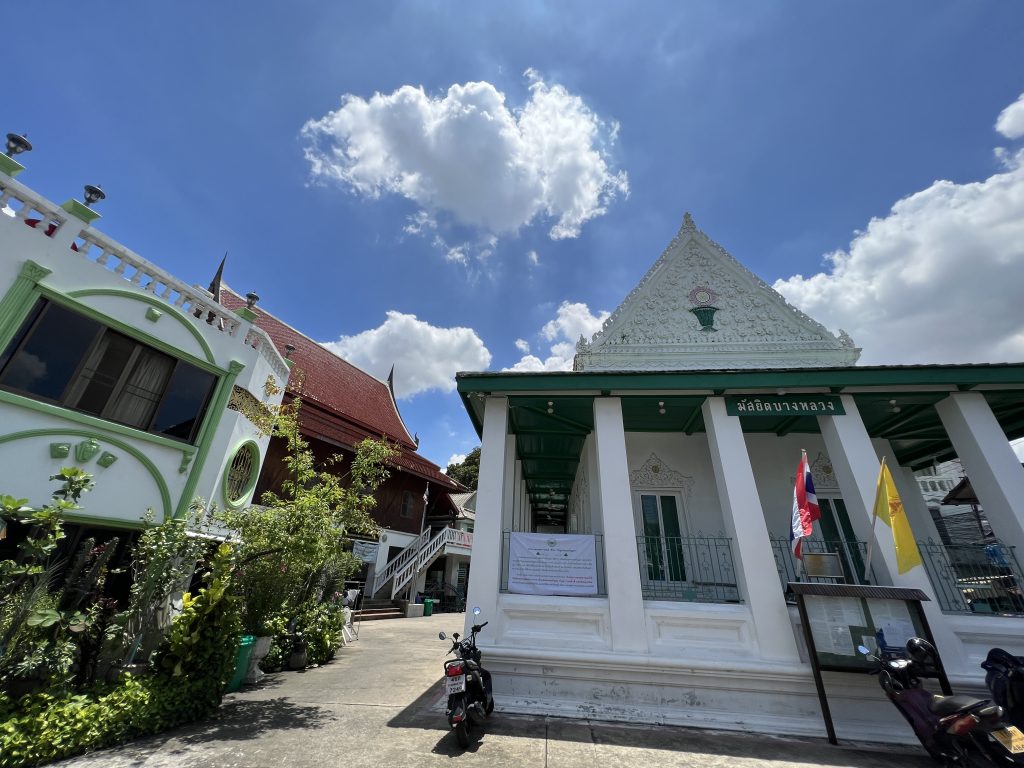
The local people inhabiting the surrounding homes, businesses and schools have lived in harmony for decades, dating back to the era when the river was Thailand’s primary seaport, hosting multi-faith traders and seafarers from around the world.
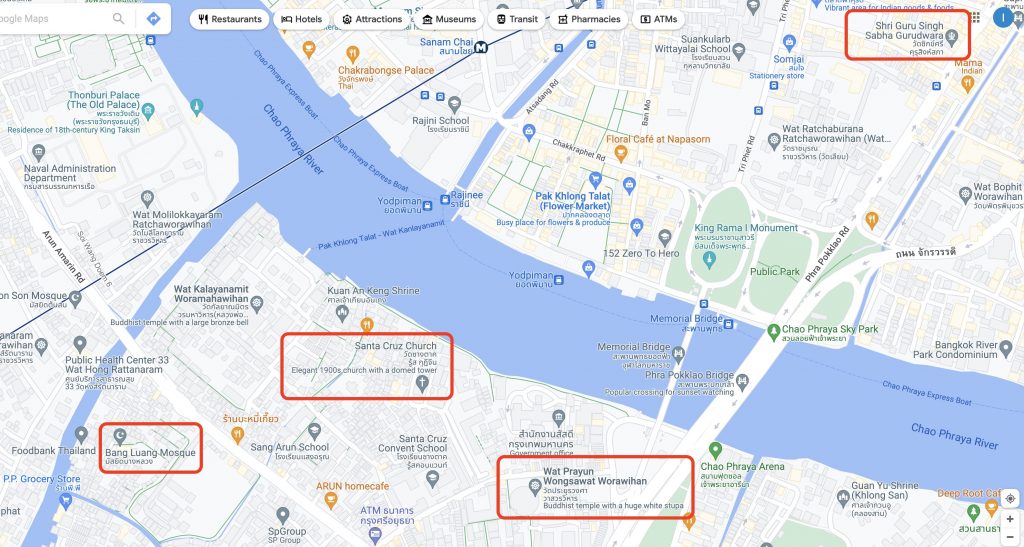
On 17 Aug, I was alerted by the Thai Foreign Ministry that Mr. Hissein Brahim Taha, Secretary-General of the Organisation of Islamic Cooperation (OIC) would be visiting the “Community of Three Religions” on Aug 26 as part of an official trip. The media was invited for a photo-op. I couldn’t understand why only a photo-op, but felt it was important to cover anyway. At the last minute, Mr Taha’s visit was cancelled but the core objective of showcasing the “Community of Three Religions” as a proud example of socio-cultural peace and harmony remained valid.
It deserves to be shared.
First, I did a random check to see if any of the three places of worship were on the Bangkok visitor experience trail. I found none.
The game-changing opportunity became clear. Similar “Communities of Religions” exist all around Asia. If they can be grouped under an Alliance of Civilisations brand, it will go a long way towards alleviating what I have termed “The Other Global Warming.”
The ripple-effect benefits for global Travel & Tourism will be unmatched.
What is the Alliance of Civilisations?
The United Nations Alliance of Civilizations (UNAOC) was established in 2005, as the political initiative of Mr. Kofi Annan, former UN Secretary-General and co-sponsored by the Governments of Spain and Türkiye. Its objective is to act as an antidote to Prof Samuel Huntington’s forecast of a Clash of Civilizations — “to explore the roots of polarisation between societies and cultures today, and to recommend a practical programme of action to address it”. From its HQ in New York, the Alliance works with a global network of states, international and regional organizations, civil society groups, foundations, and the private sector to build bridges between communities. More details here: https://www.unaoc.org
The role of Thailand
As home to the Asia-Pacific HQ of all the UN agencies, a founding member of ASEAN, and an observer-status member of the OIC, Thailand works hard to meet and balance its international obligations, especially in terms of building inclusive societies and balancing human rights. Unlike in India today, Thai political leaders do not foment socio-cultural-religious tensions. Protecting the rights of the minority populations and the right to freedom of religion have been historically upheld by the Thai Royal Family, and are enshrined in the constitution.
The link between foreign policy and tourism policy
Thai foreign policy and tourism policy are conjoined twins. The MFA’s job is to preserve the peace on the international relations front. Tourism, the “industry of peace,” benefits most. This underlying contributing factor is overlooked in travel forums which tend to credit the Tourism Authority of Thailand marketing campaigns, plus the quality of the Thai tourism plant.
The best recent example of how foreign policy benefits tourism policy came in January 2022 when the MFA chalked up one of its biggest diplomatic victories. Saudi Arabia ended a 32-year diplomatic rupture with Thailand. Travel & Tourism restrictions were the first to go. Today, high-spending, long-staying Saudi visitors are all over Bangkok. Multiple channels of business, economic social and other people and people relations have opened up.
To add value to this breakthrough, the Thai government is working to strengthen relations with the 57 OIC member countries. In addition to commercial and economic relations, the joint Thai-Saudi Press statement said the two countries “emphasised the importance of fostering people-to-people relations, which will be the cornerstone of the two Kingdoms’ growing relations, as well as the promotion of interfaith dialogue and multi-culturalism.”
The linkage between Thai tourism and the Alliance of Civilisations
Due to time constraints, the OIC chief was scheduled to visit only three places of worship. In fact, the entire area is dotted with them. Just on the opposite river-bank is a Chinese temple. Fifty metres from the Chinese temple is a historic Sikh gurdwara, the biggest in Bangkok. A very prominent Hindu temple is located on Silom Road, Bangkok’s “Wall Street”. The Erawan shrine in downtown Bangkok is one of the most popular faith-based spots.
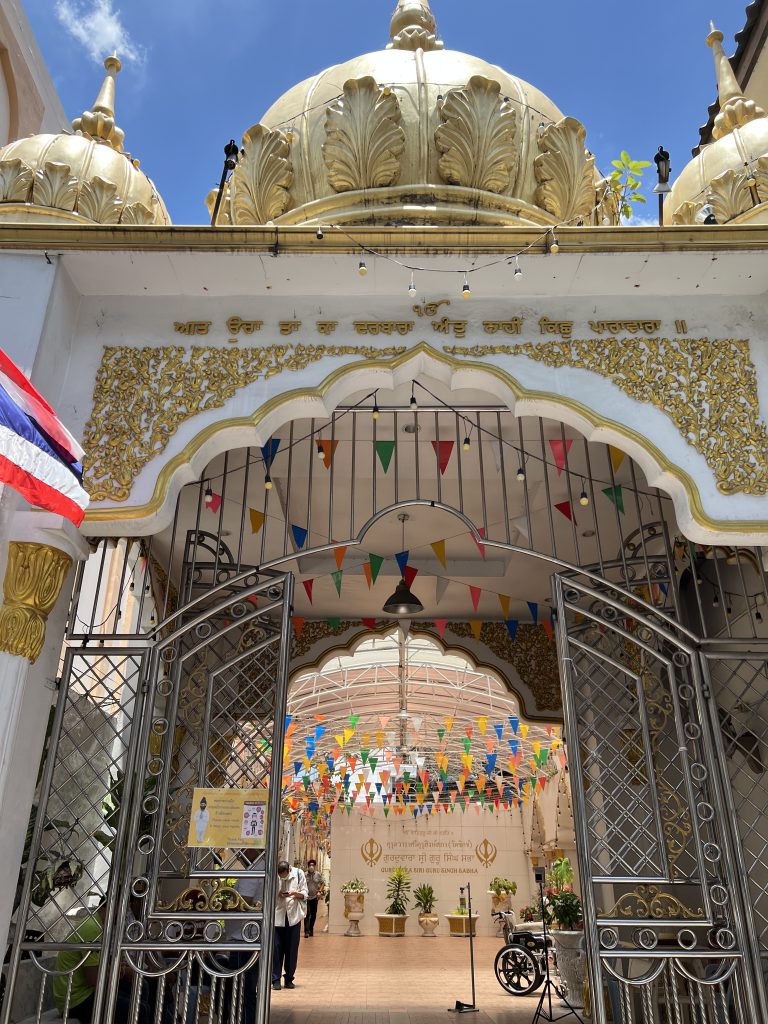
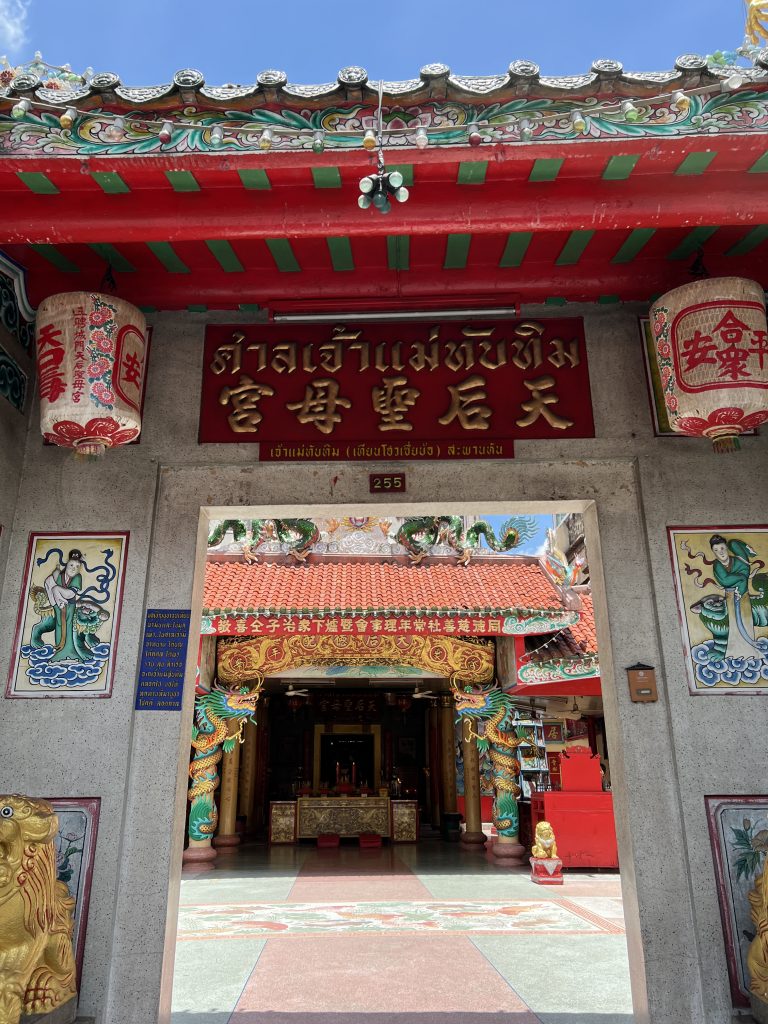
In February 2022, the head of the Jeddah-based Muslim World League visited Thailand. The first after the Jan 2022 Thai-Saudi diplomatic breakthrough, his trip was designed entirely around the theme of an Alliance of Civilisations. In June 2022, the assistant secretary-general for political affairs of the OIC visited Thailand. His trip covered visiting temples, mosques, universities and museums in the Southern Border Provinces to showcase Thailand’s policy on economic and social development, education and inclusive dialogue with various stakeholders.
The link between ASEAN integration and the Alliance of Civilisations
The Association of Southeast Asian Nations is now in the 7th year of the 10-year 2016-2025 Socio-Cultural Blueprint, one of the three pillars of ASEAN integration. The Blueprint complements the objective of the Alliance of Civilisations. It says:

In 2017, ASEAN leaders also signed off on a “Declaration on ASEAN Culture of Prevention for a Peaceful, Inclusive, Resilient, Healthy and Harmonious Society”. This says:
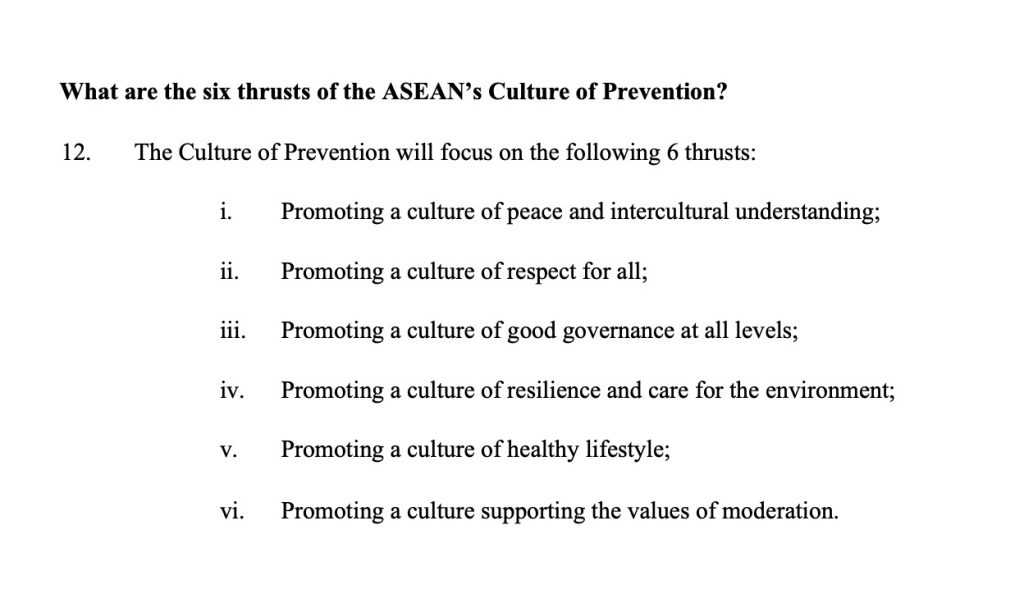
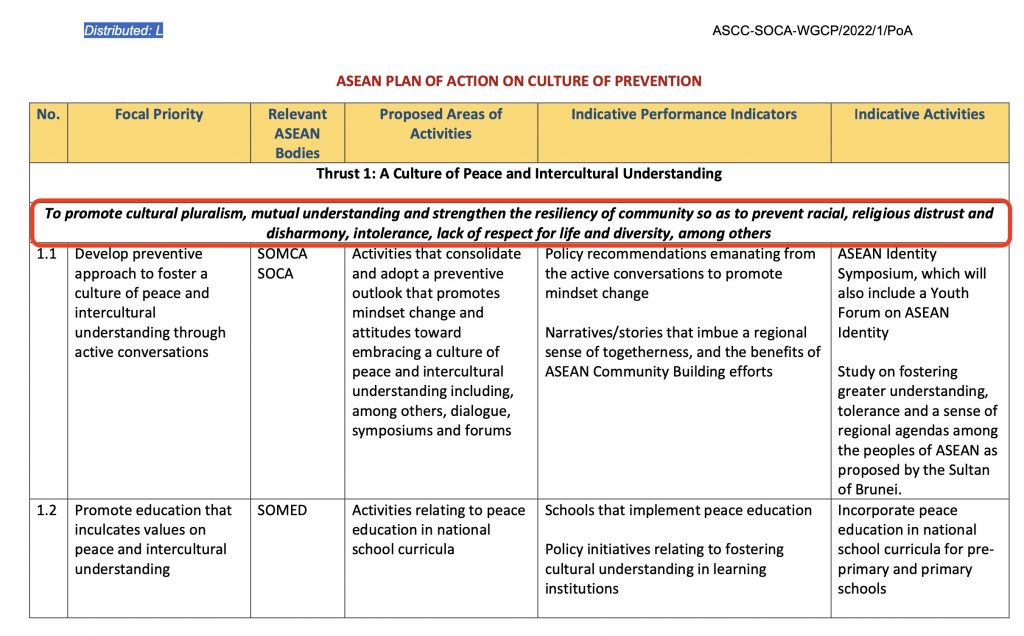
The “Community of Three Religions” experience fulfills all these objectives. Indeed, many ASEAN travel & tourism marketing campaigns are based entirely on the concept of ASEAN multi-culturalism and peace. Indonesia’s national slogan is Unity in Diversity. Malaysia markets itself as Malaysia – Truly Asia. A recent Tourism Authority of Thailand marketing campaign bore the tagline Open to All Shades.
The link between sustainability and the Alliance of Civilisations
The traditional definition of “sustainability” applies only to the impact of global warming on the quality of air, water and land. The “Other Global Warming” – the impact of ethnic, social and cultural strife on people’s lives – is swept under the carpet. This, in spite of the fact that religious, social, cultural and strife has disrupted Travel and Tourism in many countries, Sri Lanka and Myanmar for example.
“Sustainable tourism” is also designed to benefit rural communities, create jobs and income. But as Covid-19 and other recent crises have proved, the biggest threats to rural communities are external shocks, especially man-made economic, political, geopolitical and communal crises.
True sustainability means vaccinating them against both.
Conclusion: Next Steps
Since the 1970s, Thailand has taken Travel & Tourism to new heights. Its strategies and campaigns are envied, copied and studied worldwide. To create a community-based Alliance of Civilisations campaign around places of worship that fosters and strengthens peace and stability at the grassroots is the overarching need of the post-Covid era.
Thailand is well-placed to take a leadership role in this.
Indeed, Thai Travel & Tourism has yet to fully honour the legacy of the late King, His Majesty Rama IX the Great. During the King’s 70-year reign, Travel & Tourism used numerous Royal events to create glitzy marketing campaigns but largely ignored all his nation-building principles. Even when it repeatedly paid the price of that folly, it never seriously learned the lessons.
This grossly irresponsible behaviour can now be rectified.
This year marks the 35th anniversary of Visit Thailand Year 1987, the 30th anniversary of both Visit ASEAN Year and the Earth Summit in Rio, and the 25th anniversary of the Asian economic crisis. Next month, the world will mark both the International Day of Peace on Sept 21 and the International Day of Tourism on Sept 27. As this year’s host of the APEC 2022 summit under the theme of “Open.Connect.Balance”, Thailand can use the entire week of Sept 21-27 to walk the talk of that slogan by Opening mindsets, Connecting the global tourism and peace-building agendas, and Balancing the definition of sustainability.
If the “Community of Three Religions” experience incubated in Thailand is then adopted across ASEAN and the Asia-Pacific as a bulwark against the Clash of Civilisations, it could turn out to be one of the biggest positive revolutions in Travel & Tourism history.



Liked this article? Share it!